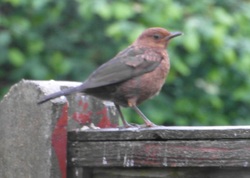
Black Bird fledgling
Well on top of all of the wild fledglings that have been looting our garden this year, we have also had a Black Bird fledgling for the first time. At first we did not know what it was, because it was so red in colour, but we have seen it since being fed by a female Black Bird.
We have also seen more of the lovely Blue Tit fledglings that came from our Blue Tit nest box.
Additionally, extra photos of our birds eating, have been added to the gallery for this month.
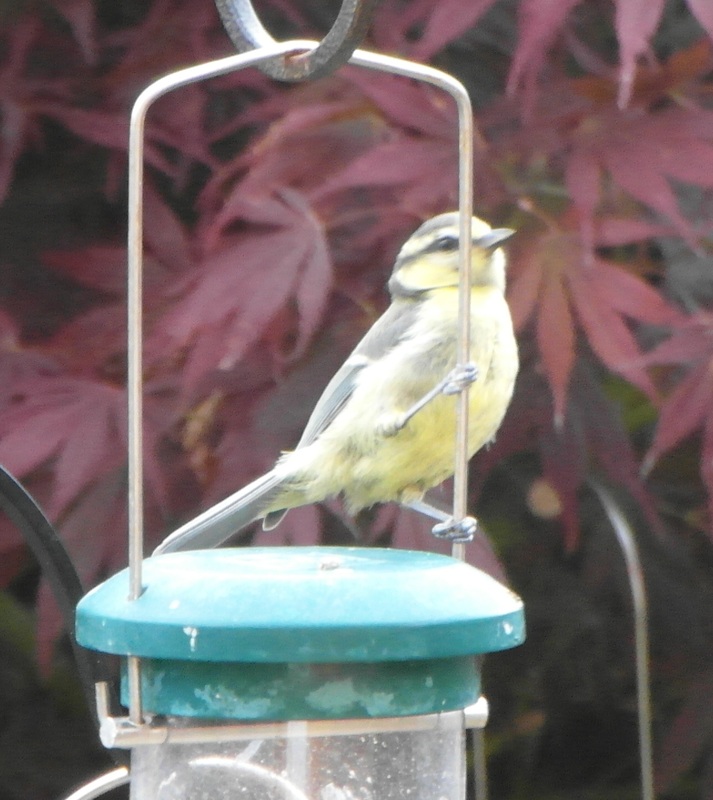 Blue Tit fledgling | 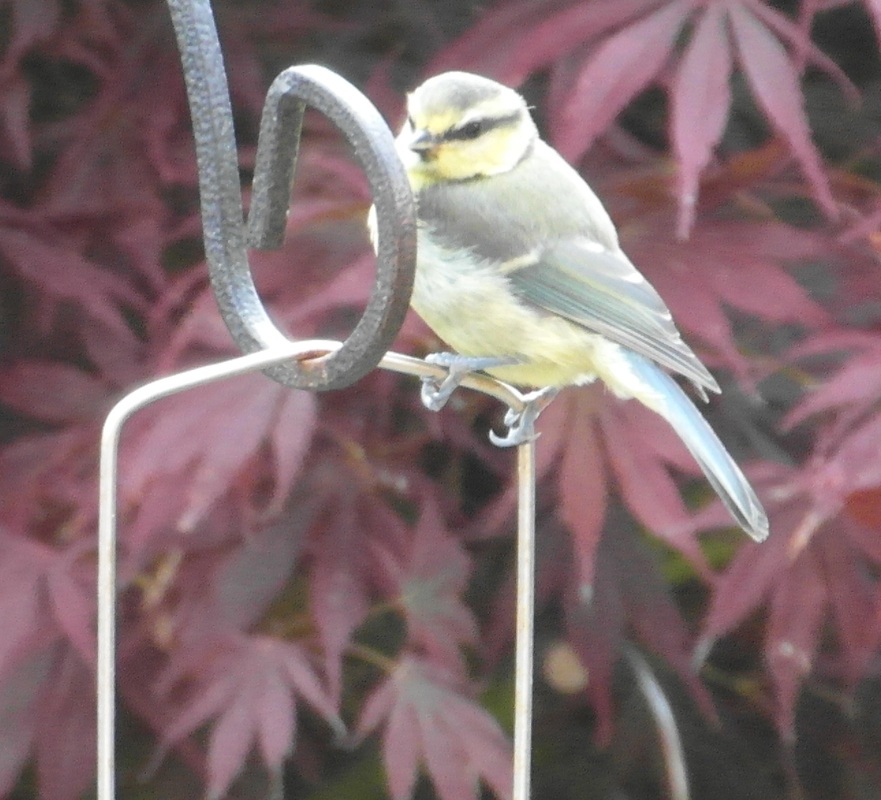 Blue Tit fledgling |
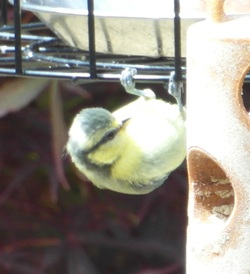
Blue Tit fledgling
We had previously mentioned that there was a Blue Tit bird nest at the back of our garden, and that a pair had settled down in it. Well they had chicks and yesterday those chicks fledged. So far we have seen 3 at any one time, but we believe there may be as many as 5 fledglings. They look amazing cute, with their fluffy baby faces and bright lime tinted florescent yellow bellies.
In fact, so far we have had lots of Starling fledglings, a Great Tit fledgling, lots of Sparrow fledglings, a Magpie fledgling, a few Goldfinch fledglings and our new Blue Tit fledglings. As such, we’ve upped the amount of food we supply, and even bought some extra feeders, including a seed feeder for the Sparrows.
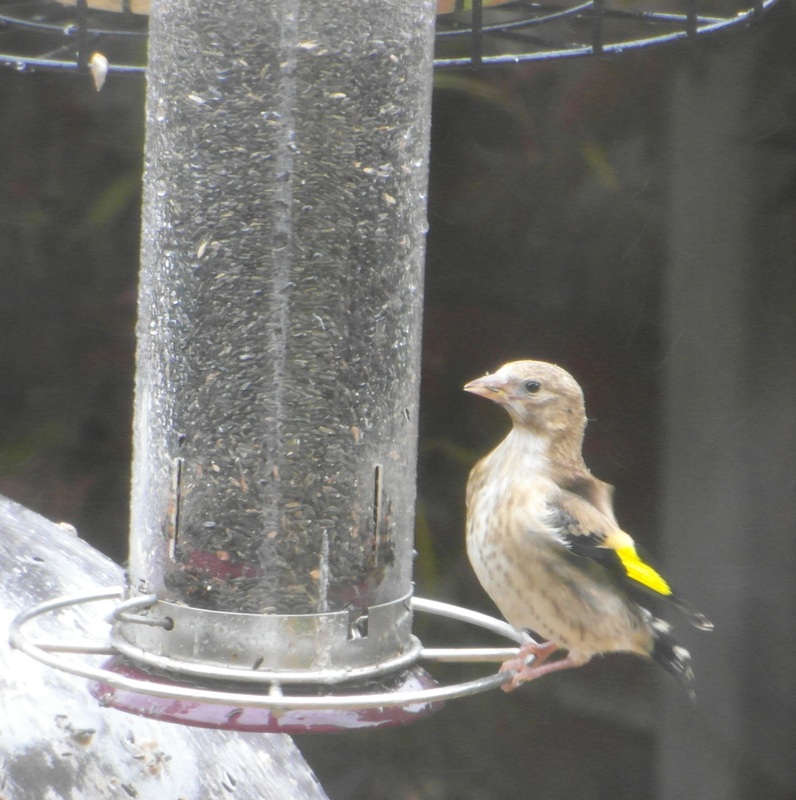
Soggy Goldfinch fledgling
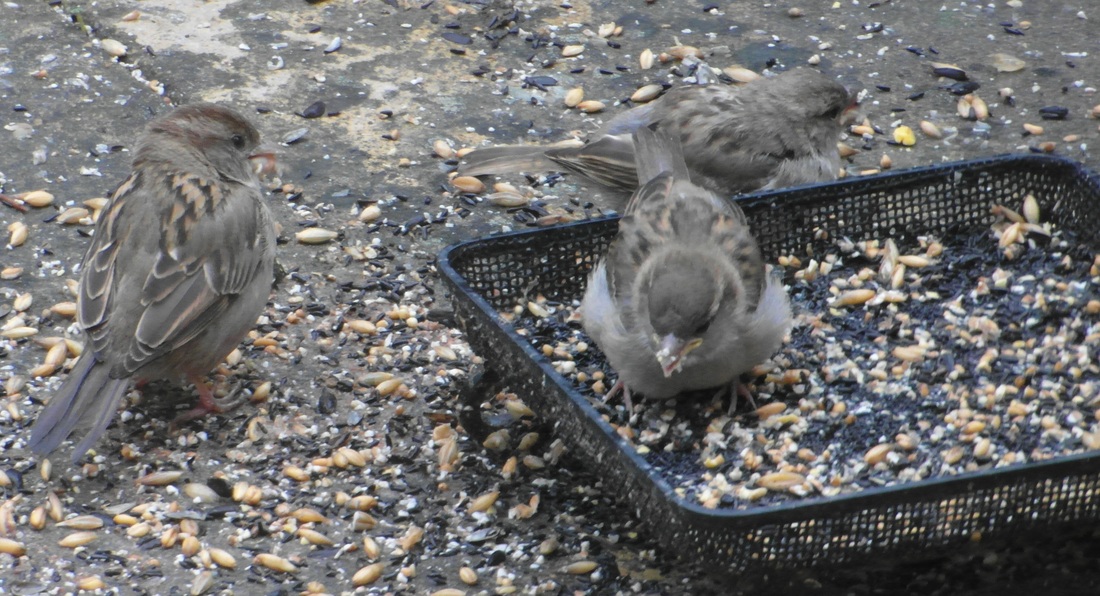
Sparrow fledglings
|
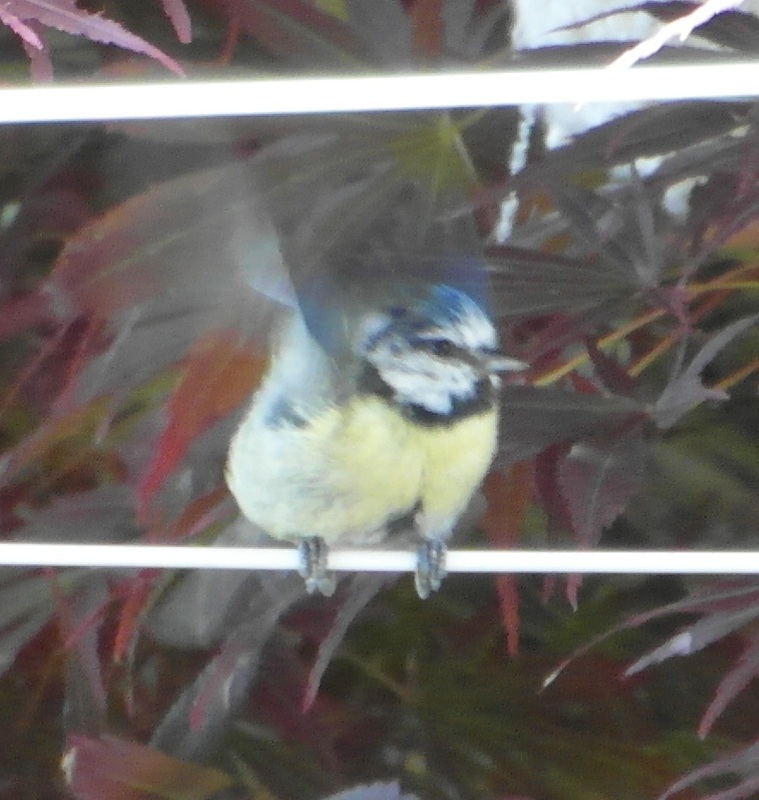
Blue Tit parent
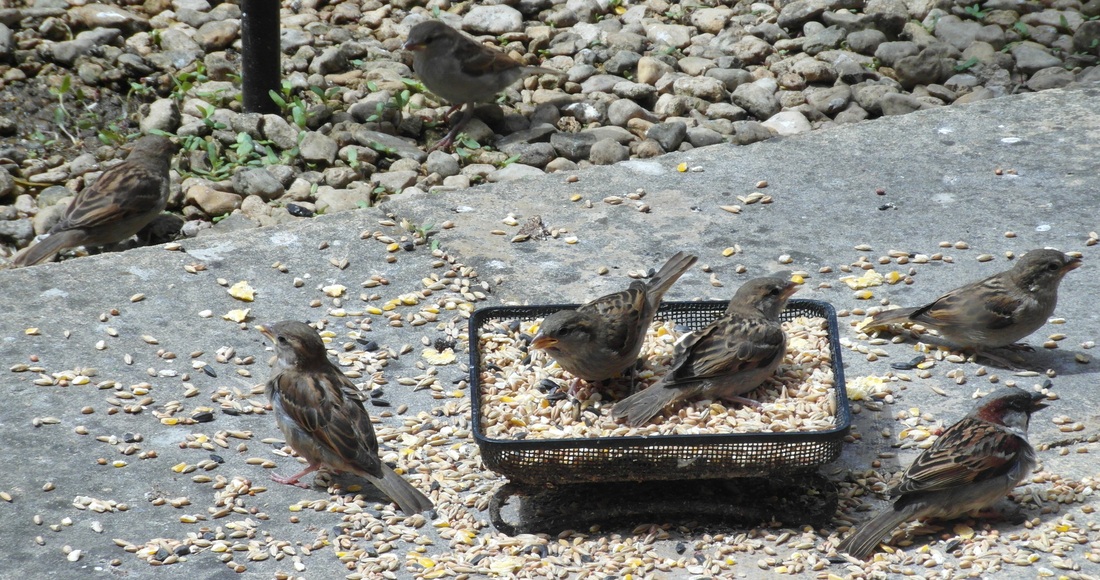
Sparrow fledglings with parent
|
Yesterday Florence became egg bound again. Luckily we were in at the time when it happened, as we saw she had a long trail of egg yolk hanging from her passage, meaning the egg had ruptured inside.
Female birds can become egg bound if they have calcium deficiency, and being egg bound can quick easily have deadly consequences. We phoned our local vet (as anti-biotics for birds cannot be bought in the UK) and got her on a week course of anti-biotics, calcium water and egg feed daily to help her cope. We also have a heat lamp set up to keep her warm.
So far, she seems to have got better, but the health of birds can change quite suddenly, so it is important to check on them regularly.








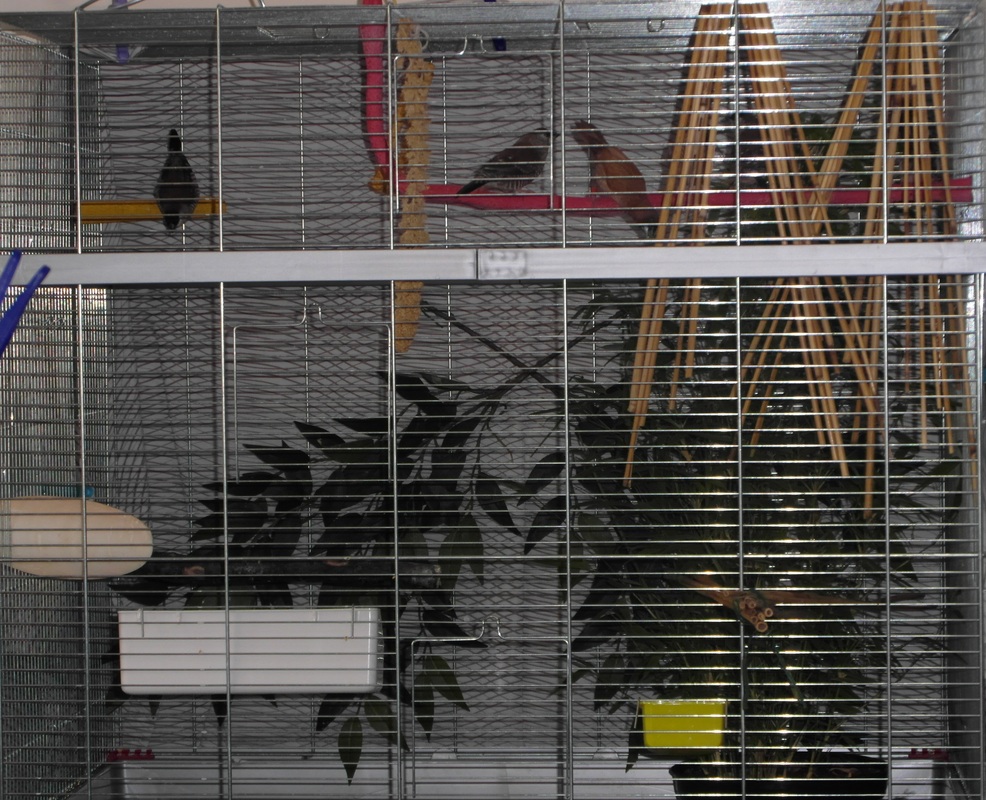
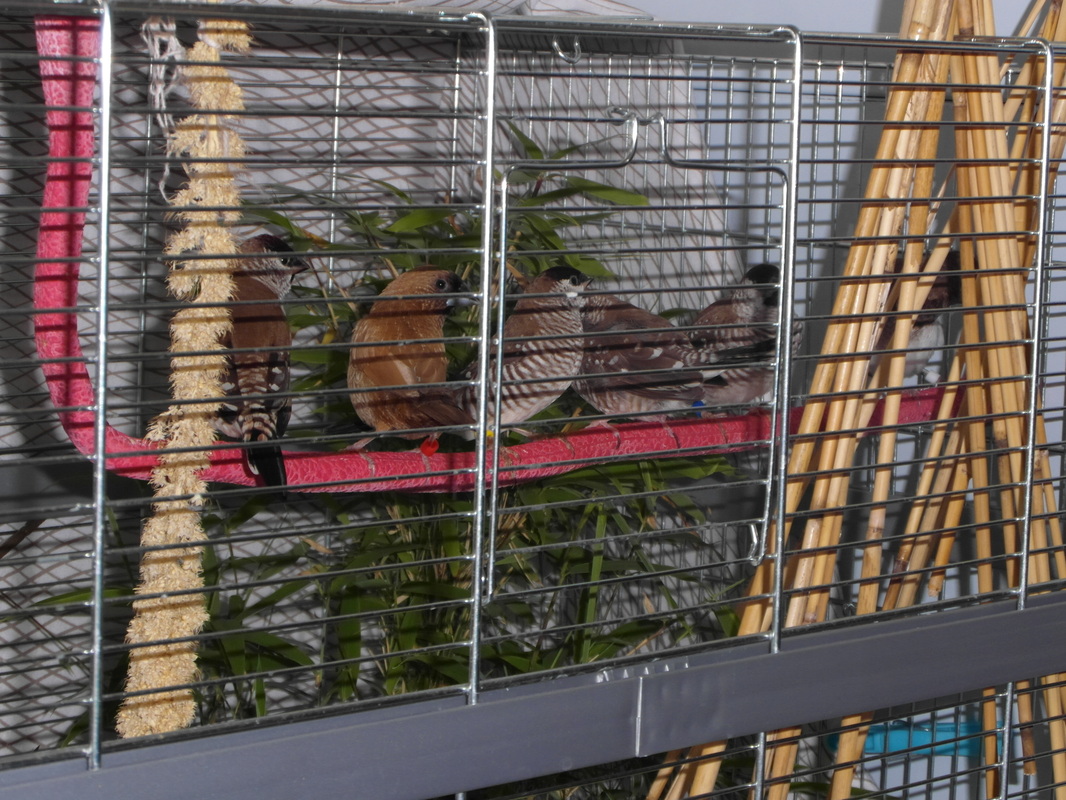
 RSS Feed
RSS Feed